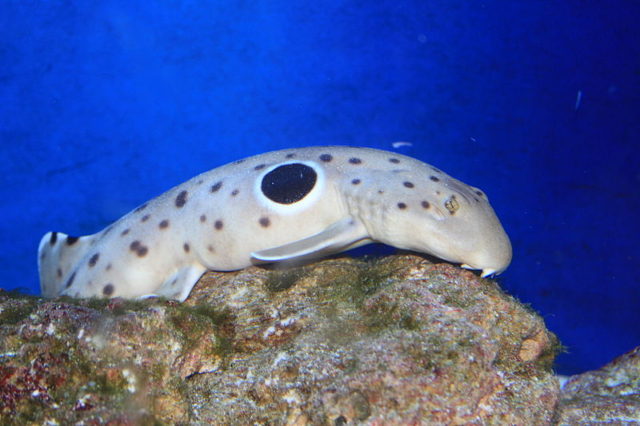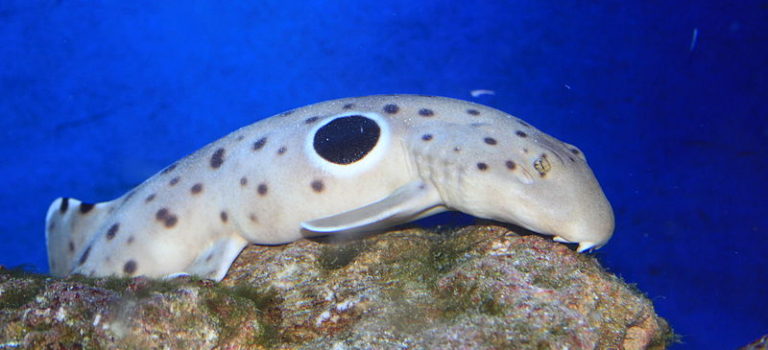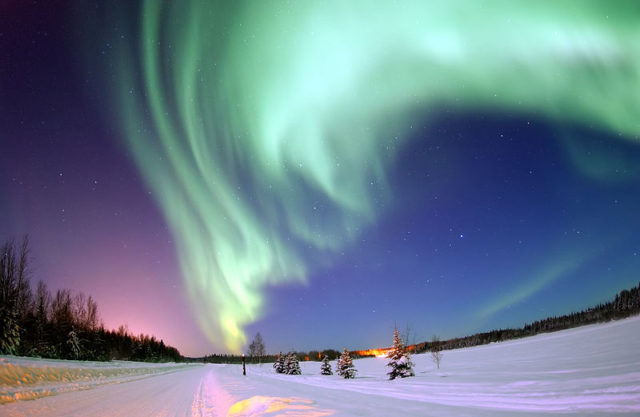We had lots of junior scientists having a guess at this week’s Mystery creature, how did you do? Most guessed it was a shark, but to be exact…
It was an epaulette shark (Hemiscyllium ocellatum)
These small sharks are quite amazing and unique among their species; for one thing, they can walk on land!

Image credit: Jim Capaldi; Image source:Wiki commons
Usually less than one metre in length, these sharks are part of the carpet shark family. They are found in shallow coral reefs and waters off the coast of Australia. Although food can be plentiful in such waters, they have to contend with extreme tides and rapidly changing water levels. When the tide goes out, its larger cousins must retreat into deeper waters, but the smaller epaulette remains behind, left without competition to enjoy the bounty.
However, it is not as ideal as it sounds. Eventually, the water levels recede to dangerous levels. The epaulette shark can no longer swim and runs the risk of being stranded out of water, which would ultimately lead to its death. However, the clever little shark had adapted in two major ways, to overcomes this threat.
The shark requires water as a source of oxygen – to breathe. When the water levels reduce the shark survives by slowing its heart rate and organ use, thereby reducing its body’s demands for oxygen. In this way, it can survive 60 times longer without oxygen than humans can.
The epaulette has one other adaptation to allow it to survive when the tide is out, it can walk to the water! Using its fins as basic legs, it can crawl to a nearby rock pool with enough water to breathe and food to eat, until the tide returns.
Another example of practical and amazing adaptations in Nature. If you have any more examples you’d like to share just leave them in the comments below.



